Snake plants (Sansevieria), often called “Mother-in-Law’s Tongue,” are beloved for their striking upright leaves, air-purifying abilities, and remarkable drought tolerance. These hardy indoor plants are ideal for beginners and seasoned gardeners alike. However, one common question lingers among snake plant owners: how often should you water a snake plant?
While snake plants are relatively low-maintenance, improper watering—especially overwatering—is one of the few ways to harm them. In this comprehensive guide, we’ll explore the best watering practices, signs of over- and under-watering, seasonal care tips, and expert advice to keep your snake plant healthy and thriving year-round.
Understanding the Snake Plant’s Natural Habitat
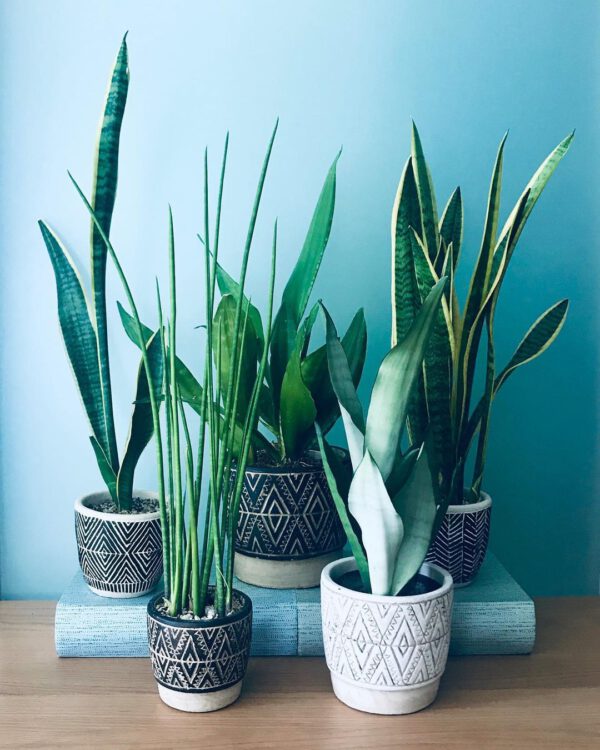
To understand how to care for a snake plant, it helps to consider its native environment. Snake plants originate from arid regions of West Africa, where they’ve evolved to withstand long periods without rainfall. Their thick, fleshy leaves store water, making them succulents in function.
Because of this adaptation, snake plants prefer a “less is more” approach to watering. Mimicking their natural environment is key to maintaining a healthy plant.
General Watering Guidelines
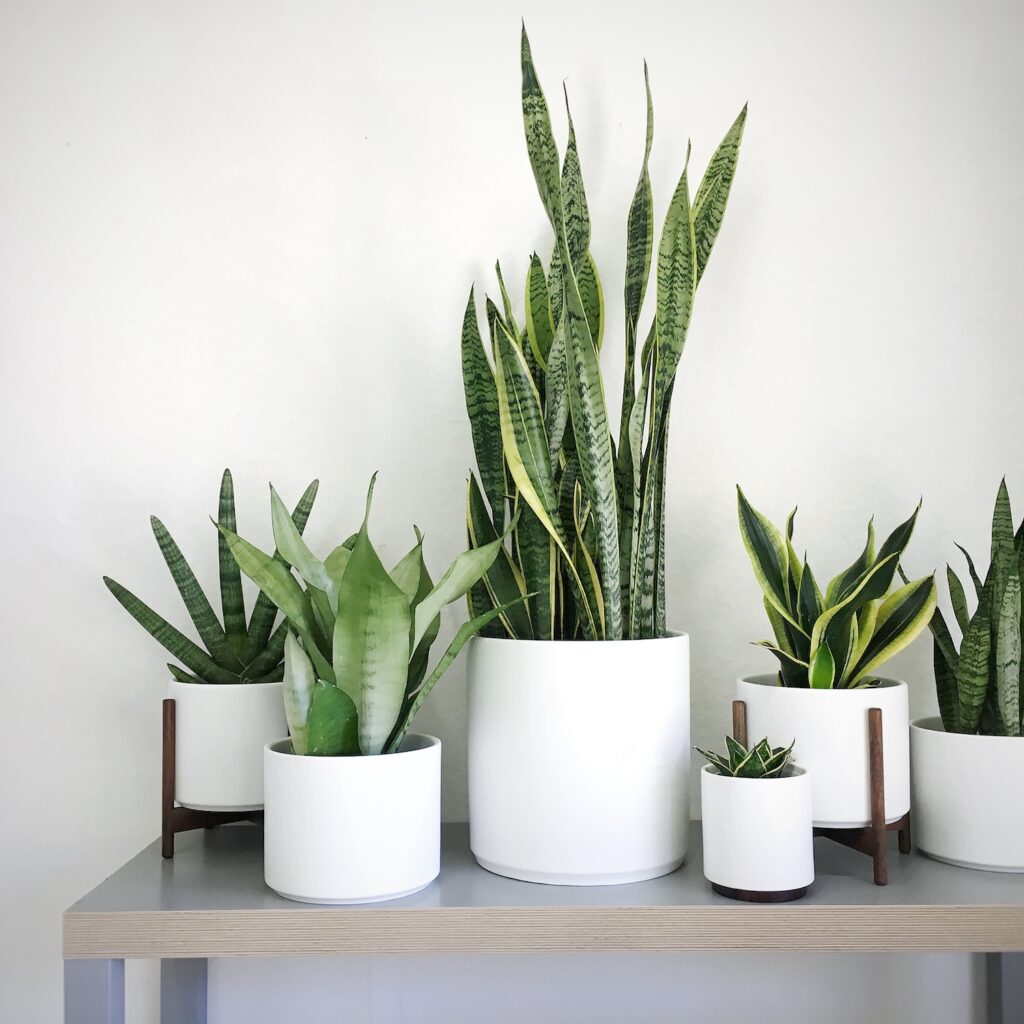
1. Water Every 2–6 Weeks (Depending on Conditions)
There is no one-size-fits-all answer to how often a snake plant needs water. It depends on several factors, including:
- Season
- Humidity
- Indoor temperature
- Light conditions
- Soil type
- Pot material and drainage
On average, you should water your snake plant every 2 to 6 weeks. Here’s a breakdown by season:
| Season | Watering Frequency |
|---|---|
| Spring/Summer | Every 2–3 weeks |
| Fall/Winter | Every 4–6 weeks |
2. Always Check the Soil First
Use your finger or a moisture meter to check the soil at least 2 inches below the surface. Only water when the soil is completely dry. If it feels cool or damp, wait a few more days.
Key Signs You’re Watering Too Much or Too Little
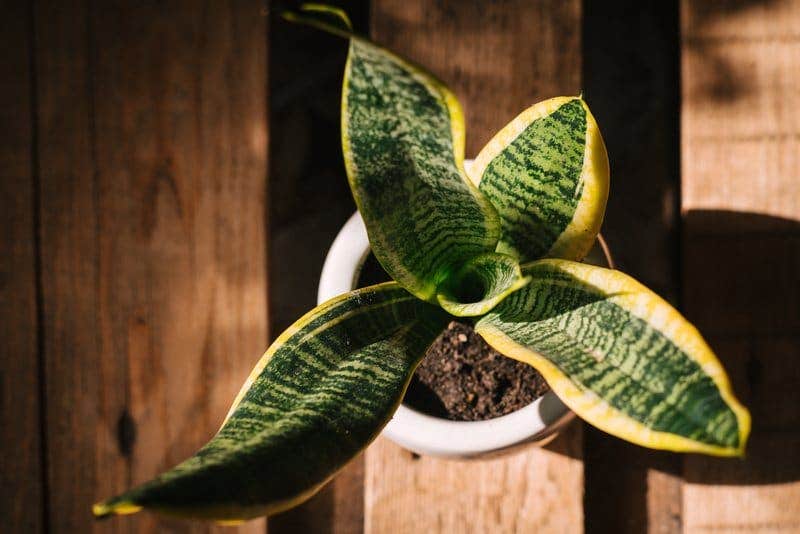
Overwatering (The #1 Snake Plant Killer)
Symptoms:
- Mushy, yellow leaves
- Root rot (black, foul-smelling roots)
- Wilting despite wet soil
- Mold or fungus on soil surface
Cause: Overwatering often occurs when soil retains moisture too long or lacks proper drainage.
Solution: Stop watering immediately. Remove the plant, cut off rotting roots, and replant in dry, well-draining soil.
Underwatering (Less Common but Still Harmful)
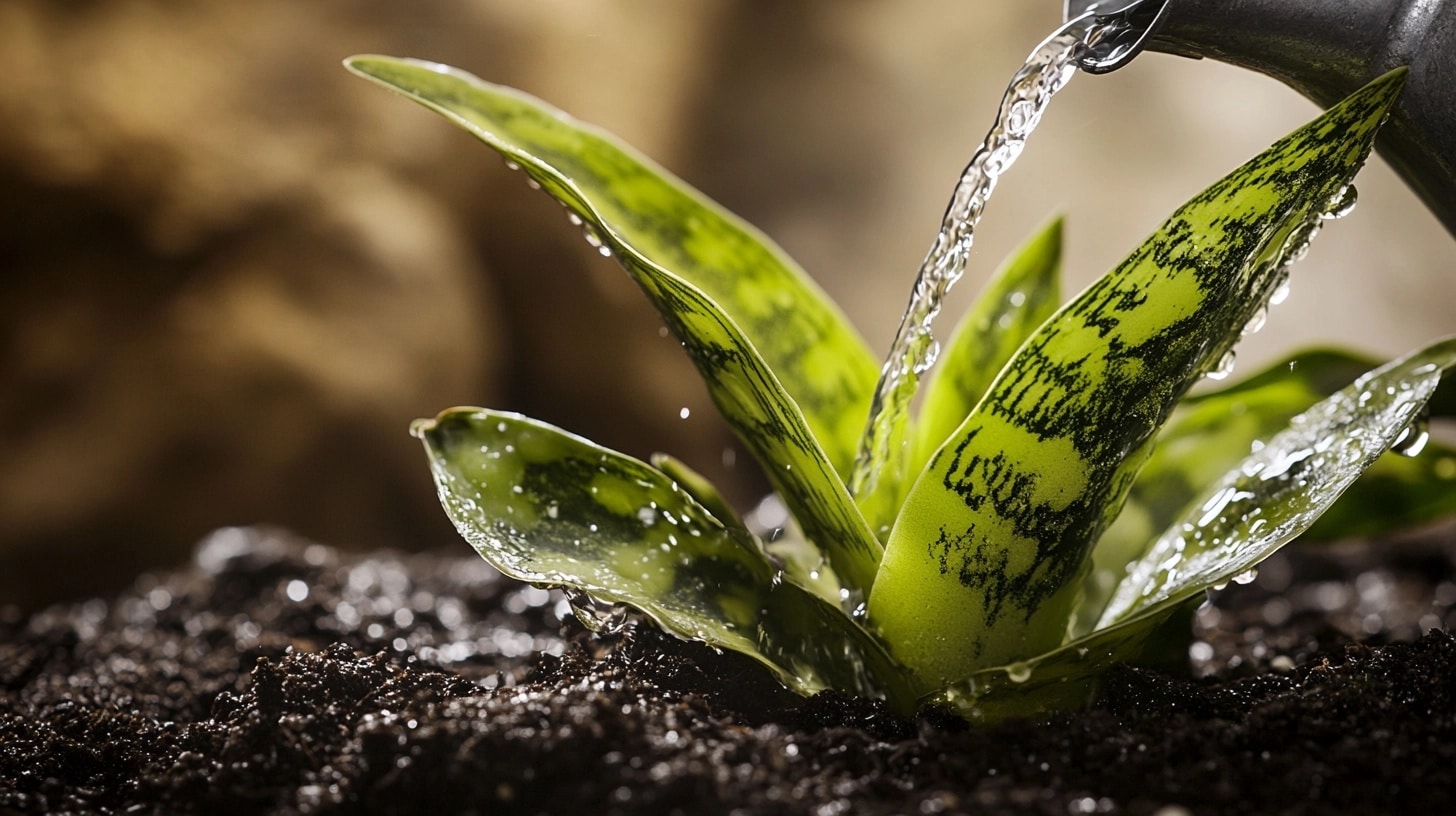
Symptoms:
- Wrinkled, curling, or droopy leaves
- Brown leaf tips or edges
- Soil pulling away from pot edges
Cause: Snake plants can tolerate neglect, but prolonged drought will eventually dehydrate the plant.
Solution: Water thoroughly and allow the excess to drain. Resume a consistent (but sparse) watering schedule.
Factors That Influence Watering Frequency
1. Light Conditions
Snake plants tolerate low light but thrive in bright, indirect sunlight.
- Bright light = more frequent watering
- Low light = less frequent watering
Tip: If your plant is in a dark corner, reduce watering intervals, as soil dries slowly in low light.
2. Pot Type and Size
- Terracotta pots allow water to evaporate faster than plastic or glazed ceramic pots.
- Smaller pots dry out faster than larger ones.
Always use a pot with drainage holes to prevent root rot.
3. Soil Type
Use a well-draining potting mix, ideally one meant for succulents and cacti. Avoid regular garden soil or peat-heavy mixes, which retain too much moisture.
A good mix includes:
- 2 parts cactus/succulent mix
- 1 part perlite or pumice
- Optional: a small amount of coarse sand
4. Indoor Temperature and Humidity
- Snake plants prefer temps between 60–85°F (15–29°C).
- In dry, warm homes, soil dries out faster.
- In humid or cool environments, extend the time between waterings.
Expert Watering Tips

Tip 1: Bottom Watering Works Wonders
Place the pot in a shallow bowl of water for 10–15 minutes, allowing the soil to absorb water from the bottom. This encourages deep root growth and avoids soggy topsoil.
Tip 2: Always Empty the Saucer
Never let your plant sit in water. Always empty the saucer beneath the pot after watering to prevent root rot.
Tip 3: Water Thoroughly but Infrequently
When you water, do so thoroughly. Allow water to flow from the drainage holes, then don’t water again until the soil is fully dry.
Seasonal Watering Adjustments
Spring & Summer (Growing Season)
- Snake plants grow actively.
- Water every 2–3 weeks, depending on light and temperature.
- Monitor soil frequently.
Fall & Winter (Dormant Period)
- Growth slows significantly.
- Water every 4–6 weeks, or even less if kept in a cool room.
- Keep the plant away from cold drafts or radiators.
Mistakes to Avoid
- Watering on a strict schedule: Instead, respond to your plant’s needs based on soil dryness and environment.
- Letting water sit in the pot’s saucer: This can lead to root rot quickly.
- Using the wrong soil: Heavy, moisture-retaining soils increase the risk of overwatering.
- Ignoring drainage needs: Always use pots with drainage holes.
- Assuming indoor plants need frequent watering: Snake plants are slow-drinkers—let them dry out between drinks!
Common Questions
Q: Can you revive an overwatered snake plant?
Yes. Remove rotting roots, trim damaged leaves, and replant in fresh, dry soil. Keep in a warm, dry spot and wait a week before watering again.
Q: How much water should I use each time?
Use enough water to moisten all the soil. For a medium-sized pot, around 1/4 to 1/2 cup may be enough—depending on pot size and soil dryness.
Q: Do snake plants need misting?
No. Snake plants don’t need misting. Too much humidity can encourage fungal issues.
Final Thoughts
When it comes to watering your snake plant, less is more. Overwatering is far more dangerous than underwatering. By understanding your plant’s needs, checking the soil regularly, and adjusting your watering schedule based on the seasons and environment, you can ensure your snake plant remains healthy, lush, and beautiful year-round.
With these expert tips, your snake plant will not only survive—it will thrive.

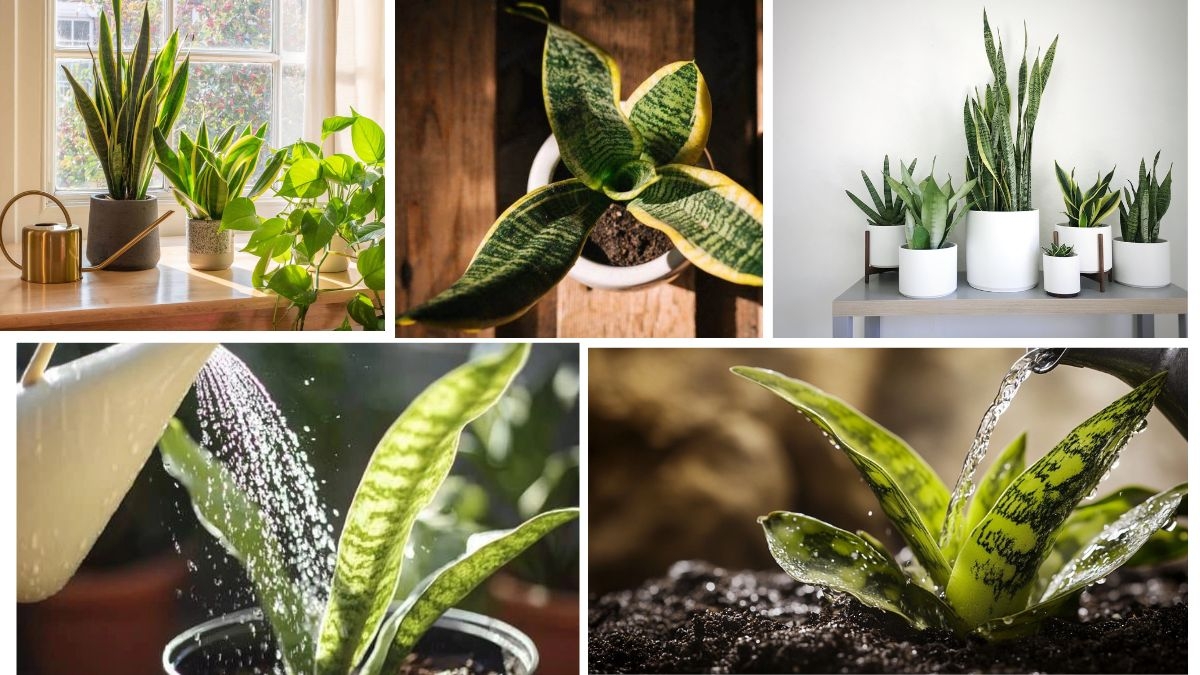





Leave A Comment